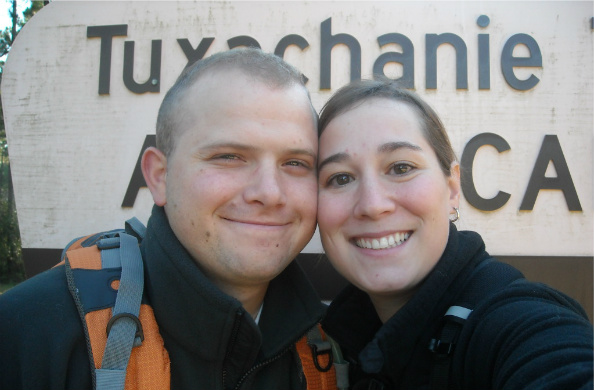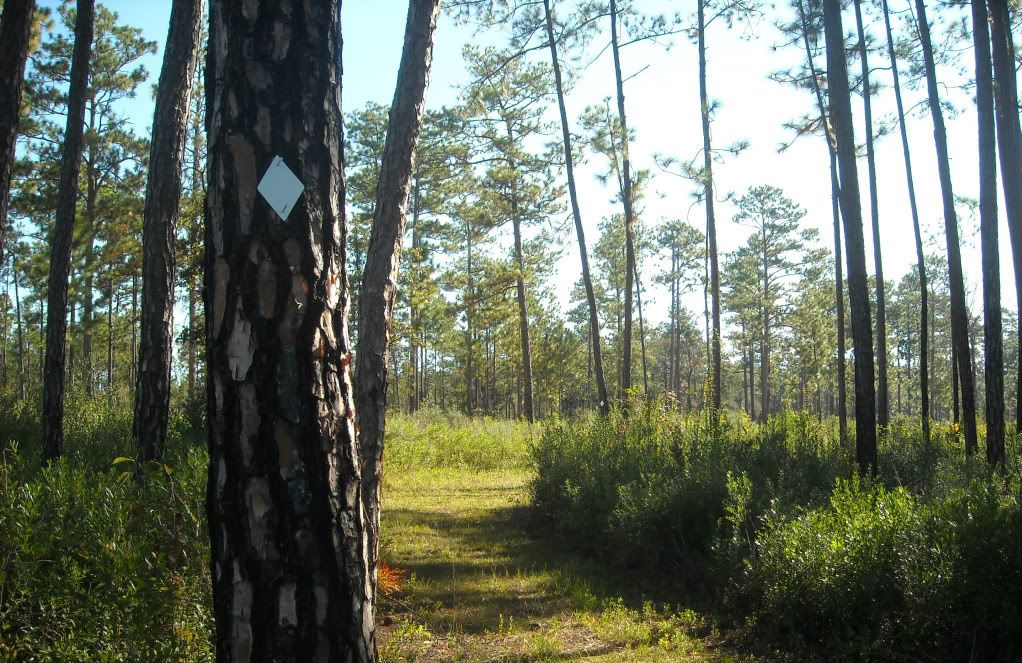Haden and Kristina Baker
Our move to Japan has been exciting and nerve racking. Exciting in that we moved to JAPAN! Nerve racking in trying to figure what the Kanji stands for. Now you don’t need a care to get around with the great public transportation, but it is nice to have one when you have to drive the 35 km to Yokota or pick up a new 52” TV! But let’s talk about the process of buying one first.
The process of buying a car can be broken down into four simple steps, so what’s so hard about that? Well when everyone speaks broken English or what Kristina likes to call “ Japanese English” and you have no idea where to go or who to go to, it gets complicated. This is the breakdown of steps to go get a car.
1. Find a car that you like and put a down payment on it, generally 20,000 yen.
2. Get insurance on the car, which can cost up to $700 a year.
3. Then you take it to be inspected on base and get it cleared through the base.
4. Then you take it to the Land Office (LTO) and have them inspect the vehicle.
5. Once that's done, you have to purchase what is called Japanese Compulsory Insurance or JCI which you have to pay for every 2 years.
What we actually did was get a ride down to a used car dealership called Wellcham. I would say that about 80% of vehicles that are driven on base come from this place. The reason being is that they list car prices in US dollars and the price includes everything, i.e. JCI and the inspection at the LTO office. The only thing you really have to pay for is getting the base inspection done and insurance on your car. They basically un-complicate the process and that’s why they get 80% of the American business.
Now that we got a car we can go hit the streets and drive all crazy! Right? Unfortunately, not so much. The roads here are about ½ the size you would have in the states. Basically, Japan reduces what a two lane road we are use to about the size of alley ways in most cases. That’s why everyone here drives very tiny cars, well tiny compared to what Americans drive. You cringe when you see a H2 (yes, someone brought their Hummer here) or an F-150 roll up the street. Also, pedestrians and bicyclists love hogging the street. You will be driving down the street and then some person just walks out with no care in the world. You have to drive slowly through some areas because of there is no sidewalk to walk on, so people walk in the street. These two things were the hardest thing to get use to than actually driving on the left hand side of the road.
There are plenty of minor differences between here and America. Speed limits are in kilometers and not miles, which can be confusing especially when you get up to 80+ kph while it actually is 50 mph. Road signs really do not exit, and roads do not have names like back in the states. The only signs are ones for major routes, like highways. However, on these “highways” there are tons of cars making the 35 km to Yokota take at least an hour. I did not believe this until I was driven down Route 16, and trust me, it does take that long. Stopping point for intersections are generally 10 feet back from the actual intersection. This allows the bigger trucks to make the turns safely and causing no damage to other cars. But this means we cannot make a left hand turn (a right hand turn for you in the States) on a red light.
Car accidents happen all the time in Japan because of the massive amount of traffic. A big difference between the United States and Japan is that every driver is considered a professional driver. That means every time you put your keys into the ignition of your car, you take responsibility of any accident you are in. Everyone involved in an accident shares some of the blame. This is because if you did not get on the road in the first place, then there would not of been an accident. Crazy huh? So if you get T-boned while trying to make a right hand turn because the other driver failed to stop, you still get some blame. The insurance companies then battle it out in an octagon of death. Not really, but wouldn’t that be fun to watch?
If have any questions about driving in Japan, comment below and I’ll answer them to the best of my knowledge!
Subscribe to:
Posts (Atom)








